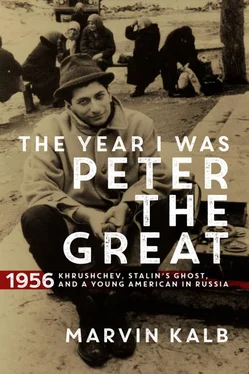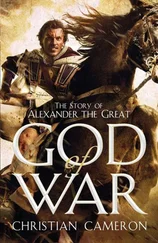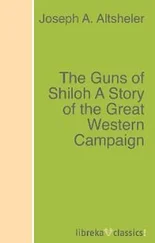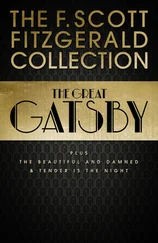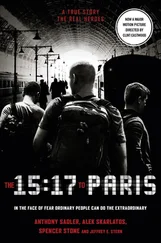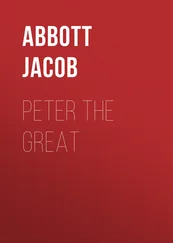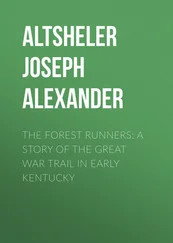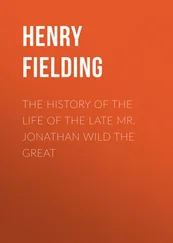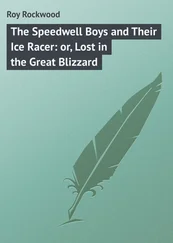Basketball, I was soon to learn, was like a gem of many facets, sparkling with a hundred moves, reflecting a subtle beauty only a player or coach like Holman could appreciate. The City College style of basketball was urban ballet— Guys and Dolls with Nathan Detroit as the leading scorer. It was also a game of unexpected changes in speed and style: a team could be ahead by twenty points at halftime only to blow its composure in the second half and lose by as many as fifteen. How? Why? Not even a Holman could explain such swift, mercurial changes.
* * *
The 1949–50 basketball season began with an easy Beaver win over Queens College. One win followed another, many of them at Madison Square Garden in midtown Manhattan—a “medieval fortress,” wrote reporter Stanley Cohen. It was a fortress for fans, sportswriters, and also bookies, though at the time I knew little about them and, in truth, cared even less. Of course, I did see them at the Garden. They were impossible to miss: Runyonesque characters, many of whom were Mafia mobsters wearing wide-brim hats, smoking fat cigars, and making money on their point spread betting. I once heard a gambler at courtside shout at a player who had just missed an easy shot, “What are you doing, you jackass? You are already four points under the spread.” I heard what he said, but paid no attention to it. In the old days bookies bet on a team to win; now they were betting on a team to win by a certain number of points. Though the bookies were everywhere at the Garden, they were, as Elie Wiesel said in a totally different context, not my people. I had nothing to do with them, and at the time I thought they had nothing to do with Beaver basketball.
City College finished the 1949–50 season with impressive wins over metropolitan rivals such as Fordham, Manhattan, and New York University. Its win-loss record for the season was 17–5. Was that good enough for a tournament bid? I thought not, but late one afternoon Holman got a call from the NIT: Would City College agree to be the twelfth and last team to be invited to compete in the 1950 tournament? In those years, a bid to the NIT was more treasured than one to the NCAA. Holman, relieved, took no more than a second to say “Of course.”
City College’s first game was against San Francisco, the NIT’s defending champion. Most of us thought San Francisco would win, but surprisingly the Beavers won, blowout style, in an easy 65–46 victory. Next came Kentucky, so accomplished a team that even the most optimistic fan could not imagine victory. In fact, we were certain this would be City College’s last game of the year. Some of us thought of it as a culture war, a collision of fundamental values, attitudes, backgrounds. As sports editor I heard a strange mix of fanciful speculation, ranging from crazy predictions of victory to painful reminders of the Holocaust. When some of us thought about Kentucky, we imagined not a team but a disciplined strike force of Aryan giants, all blond and blue-eyed, advancing on the Beavers like a Nazi strike force during World War II. Wasn’t their coach’s first name Adolph, after all?
Was it a flight of exaggerated fear on my part to link the Adolph of Kentucky with the Adolf of Berlin? Not really, not for me, not then. Only a few years earlier, the Knickerbocker-Davis scandal had rocked City College and sensitized students to any whiff of anti-Semitism; and during World War II Adolf Hitler had killed millions of Jews. We did not know exact numbers. Was there not something magical about the recuperative powers of the Jewish people that, five short years later, three of them had been chosen for the starting lineup of the City College basketball team? Three of them, joined by two blacks, had the awesome task on March 14, 1950, of taking on Adolph Rupp’s aristocrats of basketball.
On the big night, Madison Square Garden was noisy, sweaty, and packed, every one of its 18,000 seats taken. Because there were no elevators, ramps, or escalators in the old Garden, ticket holders would have to trudge up steep banks of stairs until they found their seats in the upper balcony. It was like climbing the Alps without skis. Then, squeezed in on all sides, they would catch sight of a large American flag hanging vertically from the roof above center court. “The game of basketball was a native ritual in New York,” wrote Stanley Cohen, “and Madison Square Garden was its Mecca.”
Rupp proudly led his Kentucky team onto the Garden floor, greeted by boos and catcalls from the predominantly New York crowd. He did not mind—indeed, he seemed to enjoy his notoriety. “This young team of mine,” Rupp smugly told reporters, “is better than the group that won the Invitation Tournament as sophomores” a few years before.
From the press box I saw the City College players huddled around their coach. “Don’t you think we ought to show these boys from Kentucky how polite we New Yorkers can be?” Holman asked. Something wickedly wise was on his mind. “Let’s shake hands with each of them. That’s right—just reach out and shake hands with each one of them. I think that would be the right thing to do.” If the players thought their coach had suddenly lost his mind, they disguised their feelings behind nods of approval. “Sure, coach, sure,” they grunted.
The 18,000 spectators were already standing and cheering. Holman inserted his tallest player, LeRoy Watkins, a rarely used six-foot seven-inch African American player, to jump-ball against Kentucky center Bill Spivey, who was five inches taller. What was the point? Holman’s regular center, Ed Roman, was only an inch shorter than Watkins, and obviously the better player. But Holman wanted an African American center to confront Spivey, at least for the tip-off.
When the house lights dimmed, players and coaches on both teams stood quietly and listened to Gladys Gooding play the national anthem on her fabled organ, just as she had done at hundreds of other games. The moment she finished, pandemonium replaced decorum. The ten players took center court. Five of the players were tall, white, and Christian, three were Jews, and two were African Americans. Interracial basketball was common in New York, but not throughout the country, where most games were white-on-white encounters. As the referee juggled the basketball, bouncing it from one hand to the other in pregame pageantry moments before tossing it into the air and formally beginning the game, the three Jews and the two African Americans, as their coach had suggested, extended their hands to the Kentucky players. No Kentucky player returned the gesture. They refused to shake hands. Worse, they turned their backs on the City College players in full view of 18,000 astonished spectators. I was watching guard Floyd Layne in particular. He looked grim. Slowly he shook his head from side to side and hissed at the Kentucky player he was soon to guard: “You gonna be pickin’ cotton in the morning, man.”
The game started, and a miracle took place on the Garden floor, one that no City College student of that era will ever forget. The Beavers opened with a blistering running game. It was “motion offense,” Holman’s philosophy of the game, and it never stopped. Before the Wildcats of Kentucky had a chance to break a sweat, City opened a 13–1 lead. Ten minutes into the game the score was 28–9; at halftime it was 45–20.
In the second half, I waited for Kentucky to push back, but no matter what switch or tactic Rupp tried, what strategy he employed, nothing worked. With every Beaver basket, Kentucky seemed only to wilt further. With ten minutes left in the game, City was leading by thirty points. The final score was an unbelievable 89–50! It was the worst defeat in Kentucky’s forty-six-year history of college basketball, the most embarrassing in Rupp’s otherwise distinguished career.
Читать дальше
